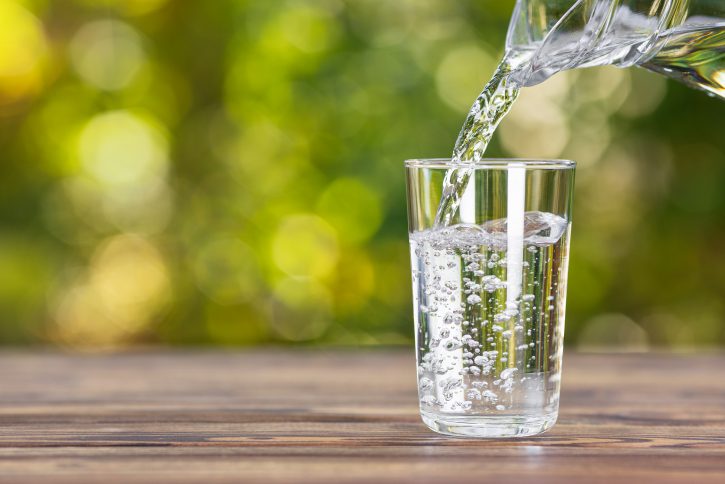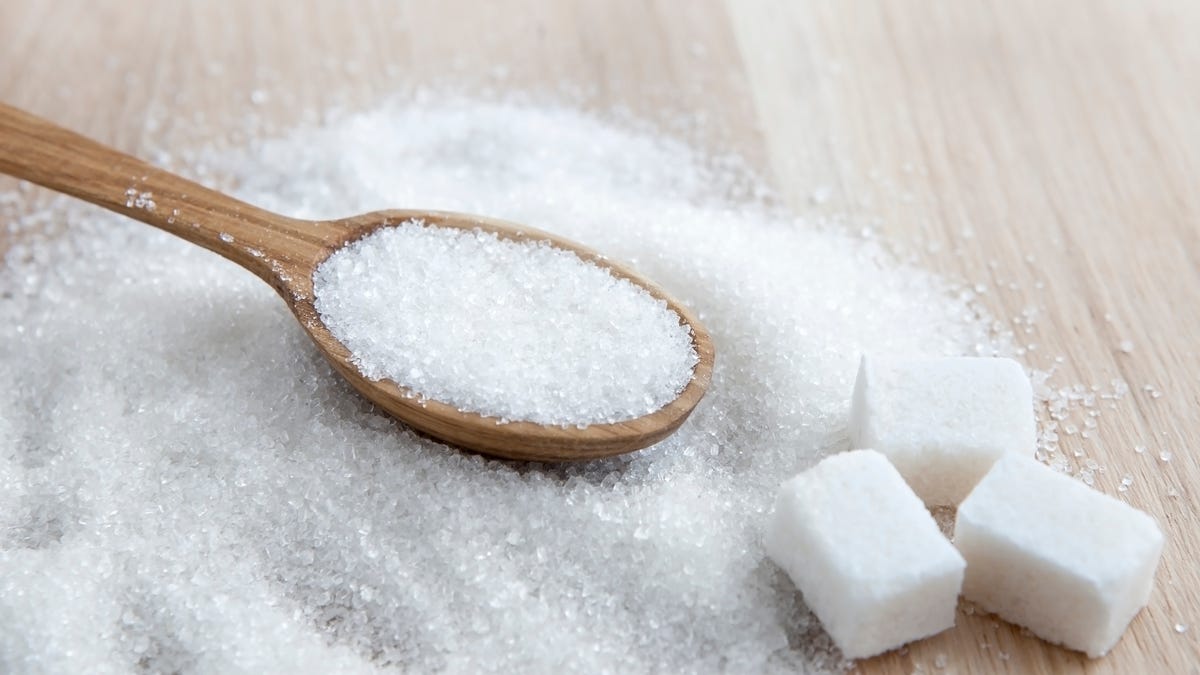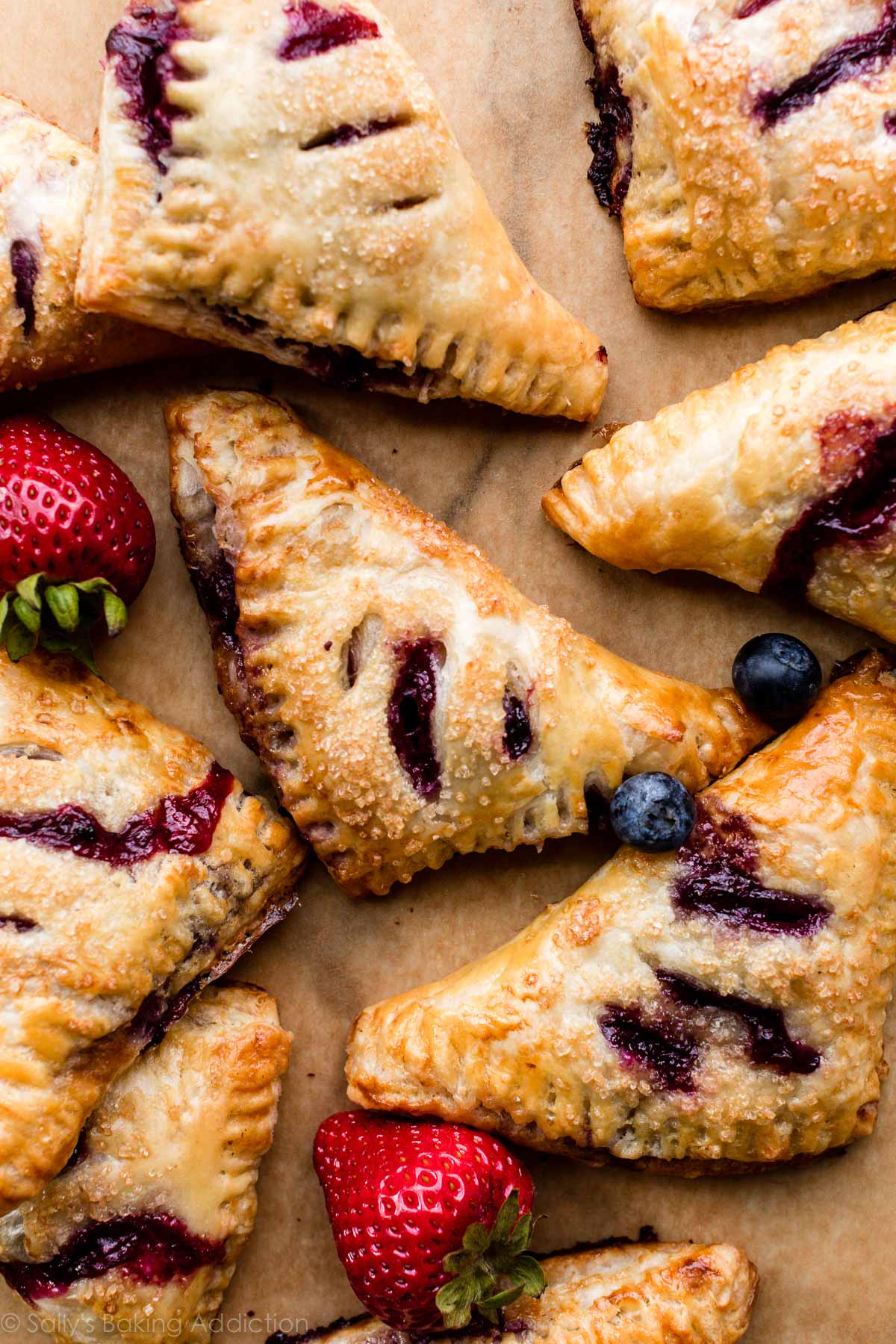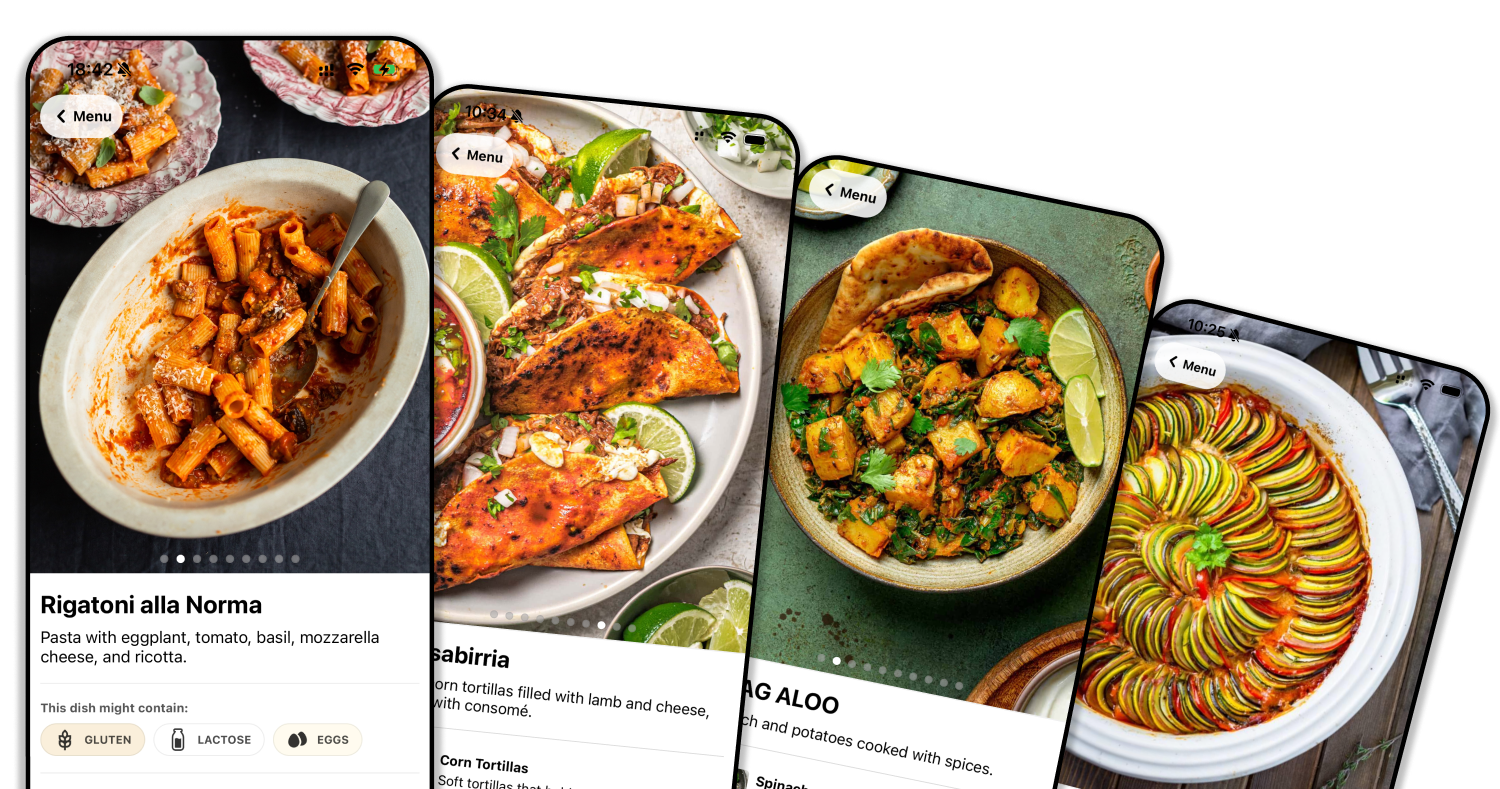What is
Pastry?
Pastry refers to a type of dough made from flour, water, and fat that is rolled out and used as a base or wrapper for various sweet or savory dishes. It is a versatile culinary component often used in baking to make items such as pies, tarts, quiches, pastries, and more.
Origins & History
The origin of pastry can be traced back to ancient civilizations, but it was during the Middle Ages in Europe that the art of pastry-making began to flourish. The technique evolved with the introduction of new baking methods and ingredients, leading to the rich tradition of pastries that exists today across various cultures.
Taste & Texture
Pastry can have a delicate, flaky texture and a rich buttery flavor. Depending on the preparation and filling, the taste can range from sweet (like dessert pastries) to savory (like quiches).
Ingredients

Flour
A powdery substance produced by grinding grains, primarily wheat, that forms the base of the pastry dough.

Butter
A creamy fat produced from churning milk or cream, used in pastries to provide richness and a flaky texture.

Water
Liquid used to hydrate the dough, which helps bind the ingredients together.

Salt
A mineral used to enhance flavor in the dough.

Sugar
A sweet substance often added to pastry dough to give it a sweet flavor, especially in dessert pastries.
This item may contain the following allergens:
Gluten
Lactose
Eggs
:strip_icc()/Lady-Locks-Recipe-6750995-fece434185e547f985ecb87ef4444e48.jpg)
Images may not reflect the actual item.
:strip_icc()/Lady-Locks-Recipe-6750995-fece434185e547f985ecb87ef4444e48.jpg)




:max_bytes(150000):strip_icc():focal(1920x1283:1922x1285)/AppleTurnovers-Beauty-01-d37f9e295a334b3084574a099531086a.jpg)
:max_bytes(150000):strip_icc()/ALR-15192-baked-brie-in-puff-pastry-VAT-2x1-9f3942da0f8f47038f84aabd354610df.jpg)
:max_bytes(150000):strip_icc()/blueberry-and-meyer-lemon-breakfast-pastry-FT-RECIPE0422-1d51563ab9b042bfb8c46df2860020fa.jpg)

:max_bytes(150000):strip_icc()/ALR-15192-baked-brie-in-puff-pastry-VAT-4x3-2288b2cd99fd408caed3c5c7fbcb54bd.jpg)


